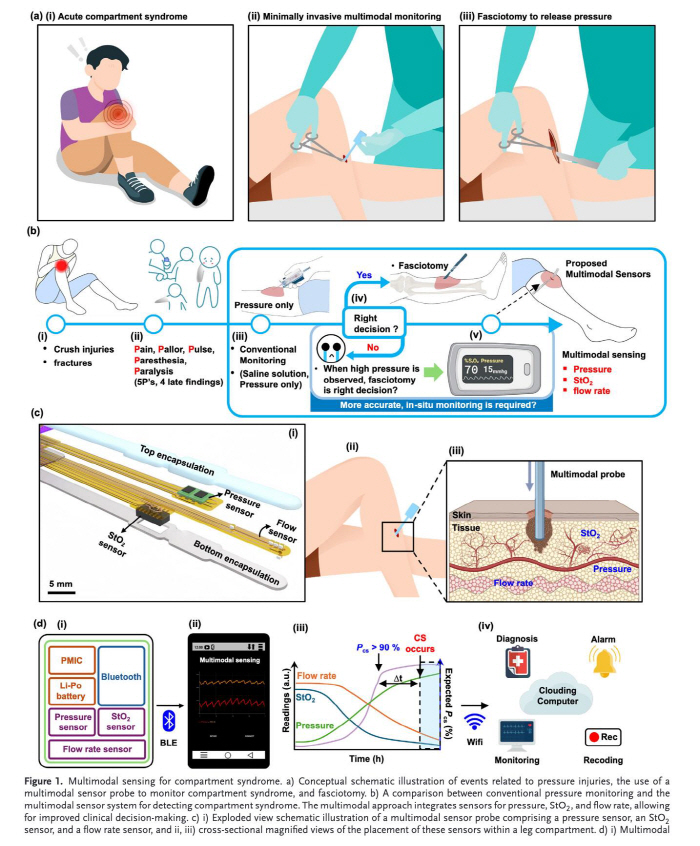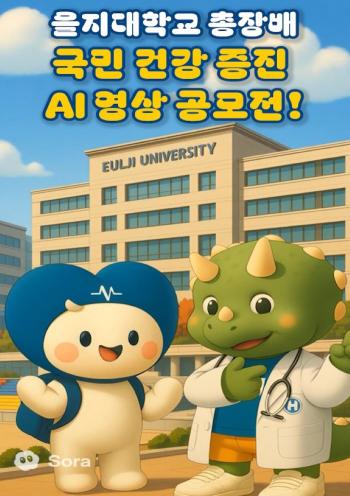Early diagnosis of emergency disease acute compartment syndrome Micro multimodal sensor developed for the first time in the world
Sep 19, 2025
|
It is a technology that can diagnose compartment syndrome, a life-threatening emergency disease, more quickly and accurately. Beyond the limitations of existing invasive diagnostic methods, a new diagnostic criterion in the emergency medical field was proposed. Research results were recently published in 'Advanced Science'.
Acute compartment syndrome is an emergency disease in which muscles or tissues in certain areas of the body are compressed and internal pressure rises rapidly. As blood flow is blocked and tissue necrosis progresses rapidly, accurate and rapid early diagnosis is crucial for survival rates and minimizing sequelae. Currently, the method used in hospitals is mainly an invasive diagnostic method that measures only a single pressure. It does not sufficiently reflect the variability of measurements and the diversity of patient conditions. For this reason, there is a limit to accuracy, and as a result, it leads to misdiagnosis or treatment delay.
Professor Jin Sung-hoon's research team developed a multimodal sensor probe that can measure compartment pressure, tissue oxygen saturation (STO₂), and blood flow in real time at the same location to solve clinical problems. The sensor developed by the research team is an ultra-small structure with a diameter of 4mm and a thickness of 1mm. It is also suitable for human insertion by using flexible and biocompatible materials. The sensor measures three biometric information simultaneously with a single insertion, and transmits data to external devices in real time through Bluetooth low energy (BLE)-based wireless transmission capabilities.
The research team not only secured thermal and mechanical safety, but also increased the precision of complex measurements through a design structure that minimizes interference between sensors. For insertion and removal, the Peel-Away Sheath Introducer (PASI) method was applied to satisfy both patient safety and medical staff convenience. We experimented with animal models in human-like environments, where sensors reliably measured and transmitted various biosignals even in real compartment syndrome situations.
This technology essentially supplemented the limitations of existing diagnostic methods that relied on fragmentary data by quantitatively measuring various biosignals with one probe at the same time.
Professor Jin Sung-hoon explained, "It provides a basis for clinicians to make more accurate judgments by considering important information such as oxygen saturation and blood flow together as well as pressure.".
This study was conducted with the support of the Korea Research Foundation's individual basic mid-sized researcher project.
|
This article was translated by Naver AI translator.















